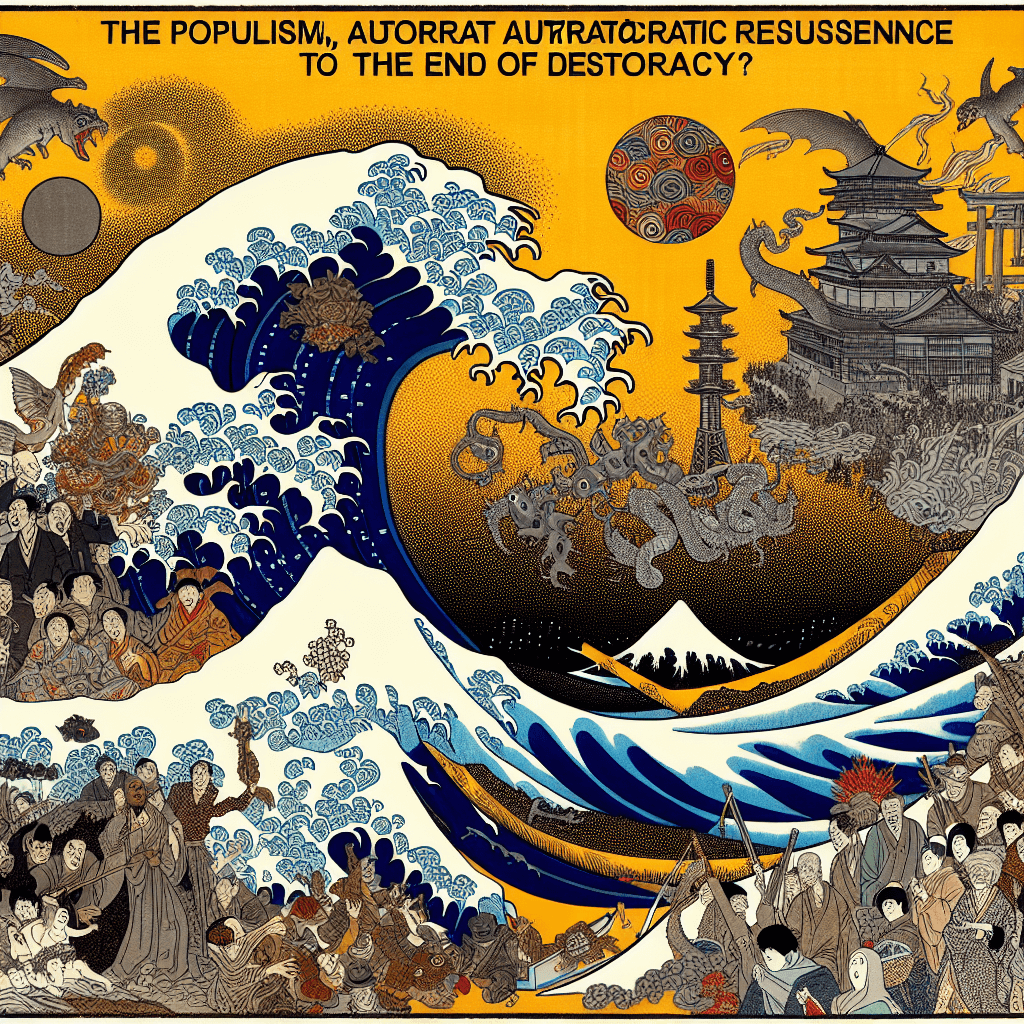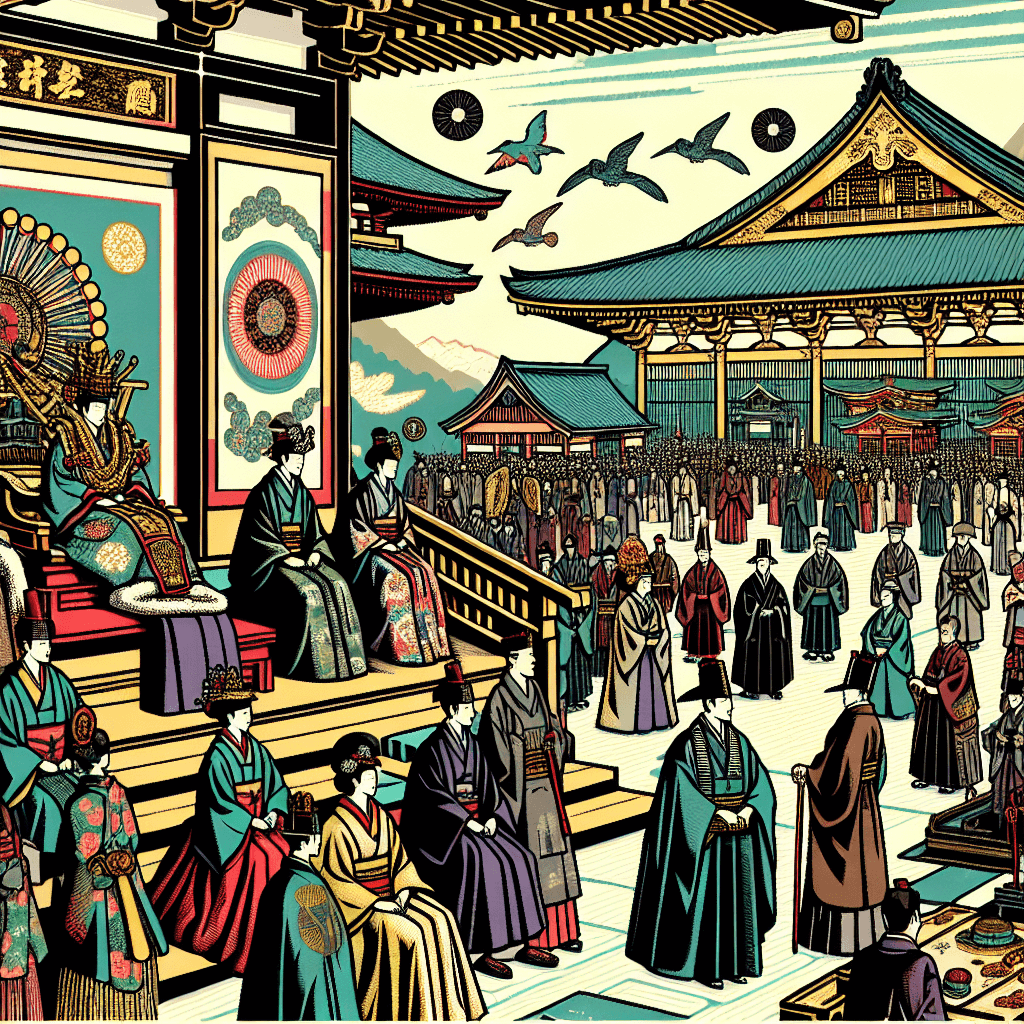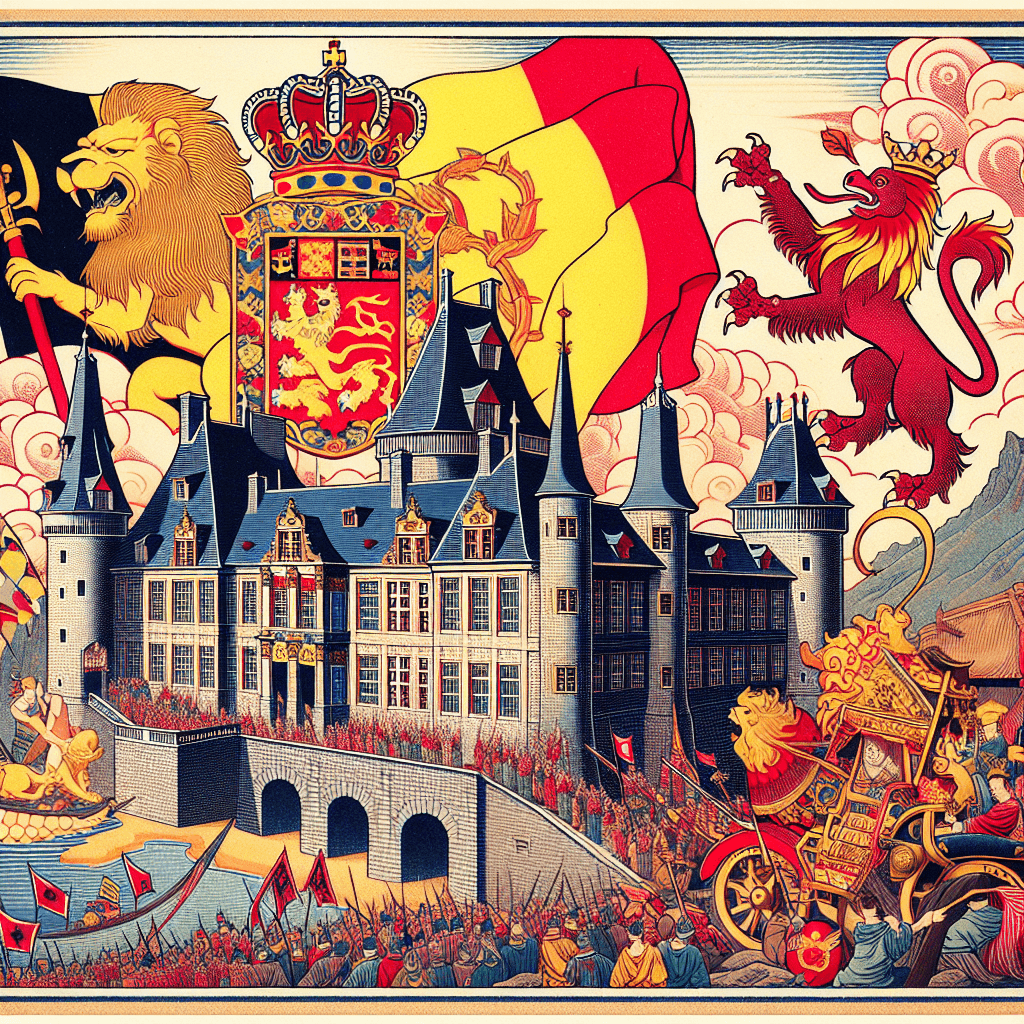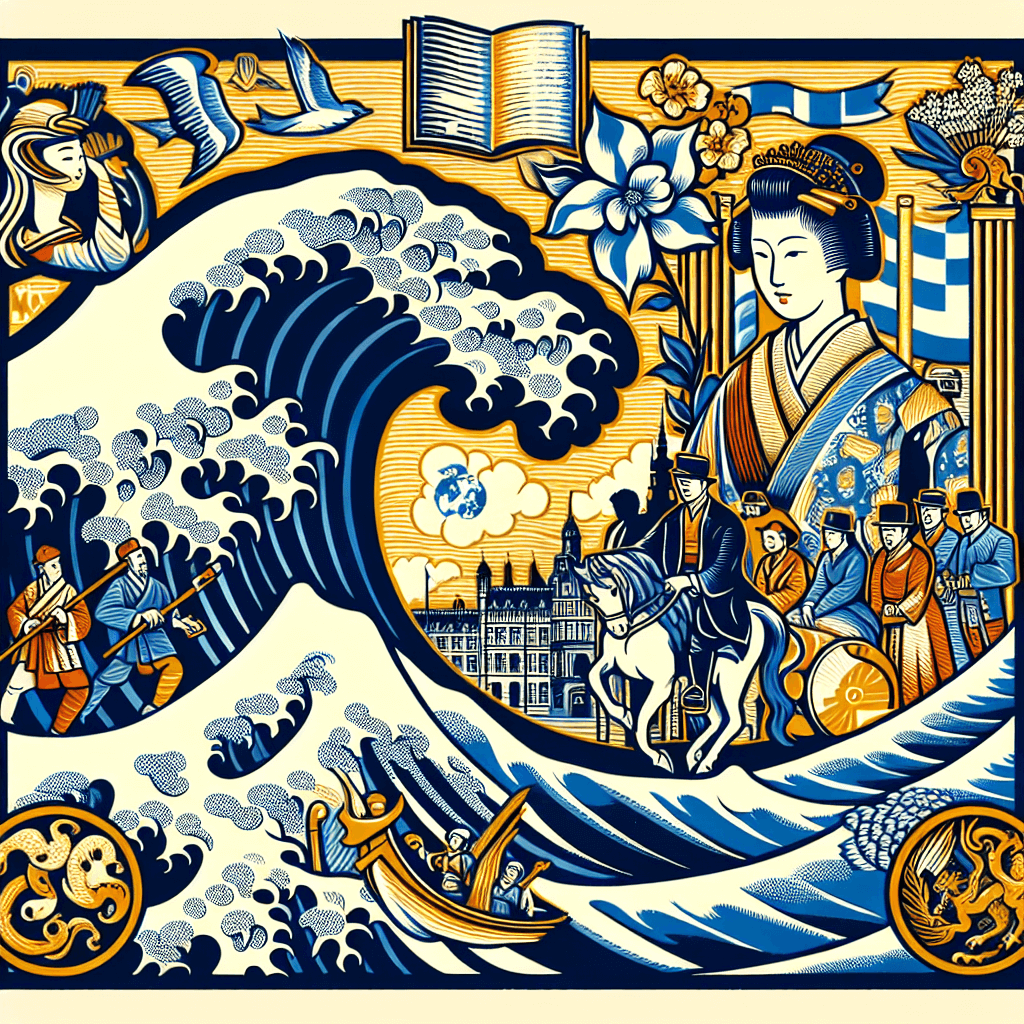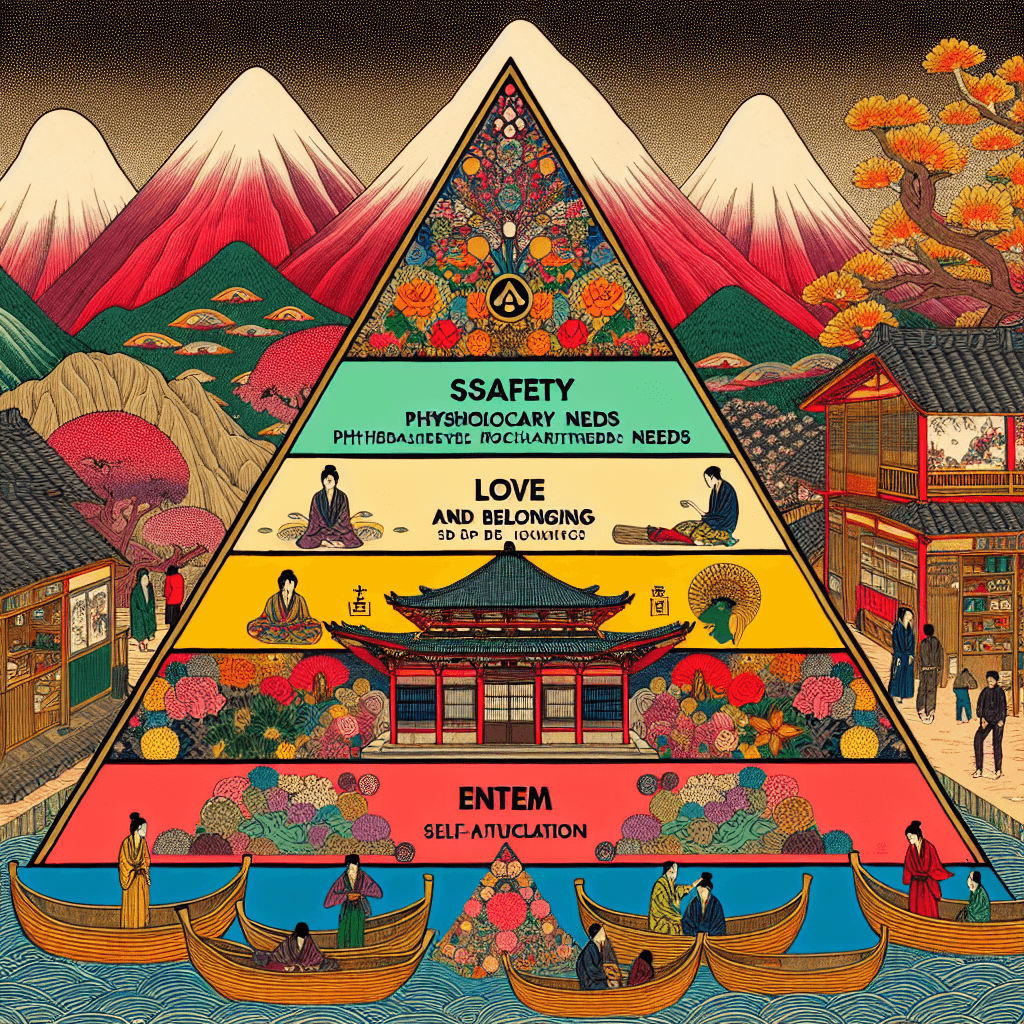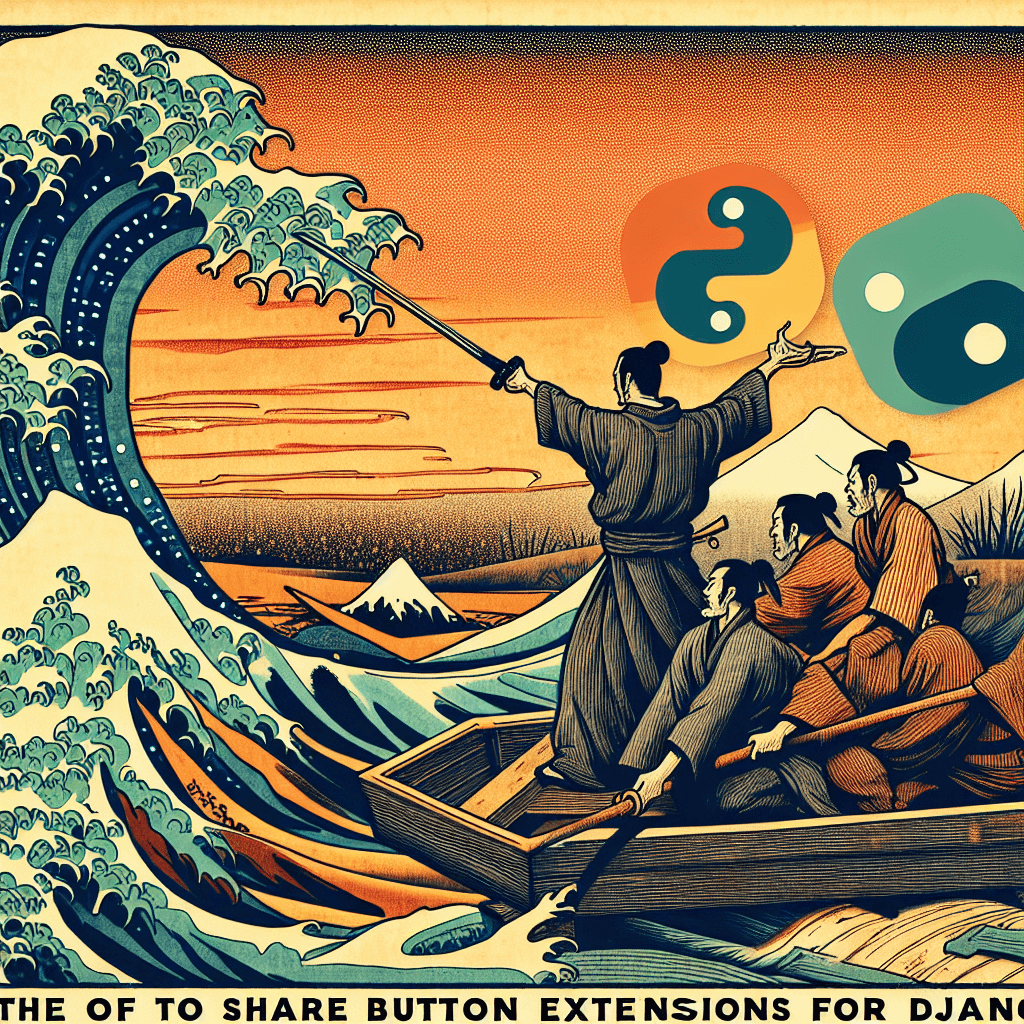Exploring the Edo Period: A Deep Dive into Japan's Age of Shoguns, Samurai, and Social Hierarchy
syndu | Nov. 4, 2023, 12:32 p.m.
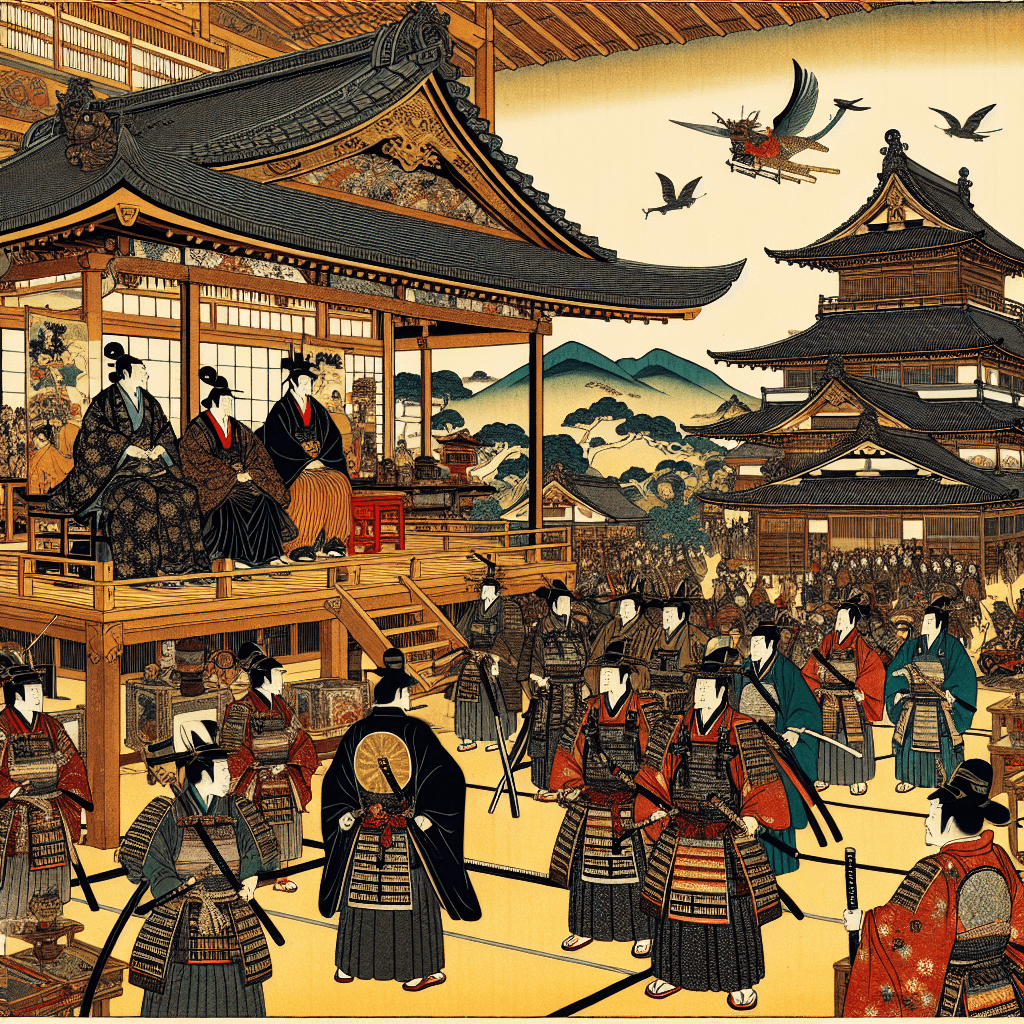
Exploring the Edo Period in Japan
In an endeavor to understand and elucidate the complexities of the Edo period in Japan, a thorough research will be conducted. The primary focus areas will revolve around registering information about the political structure, social norms, family structures, and class hierarchy of the time. Special emphasis will be laid on comprehending the roles of the shogun, daimyo, samurai, and commoners.
The Edo Period: An Overview
The Edo period, also known as the Tokugawa period, spanned from 1603 to 1868. This intriguing period nestled within itself an era of internal peace, political stability, and economic growth. Notably, this period was defined by a strict social order, isolationist foreign policies, an upsurge in environmental protection, and a natural inclination towards the enjoyment of arts and culture.
Political Structure
The very architecture of the political structure was akin to a feudal system with the shogun at the topmost tier. The shogun possessed real power, serving as the military dictator of Japan, while the emperor held a position of ceremonial importance. The daimyo stood as powerful territorial lords ruling over the majority of the country through their ancestral land holdings. Samurai, the military nobility and officer caste, pledged their loyalty to their respective daimyo or the shogun. The non-samurai, or commoners, were below the samurai and were further bifurcated into peasants, craftsmen, and merchants.
Social Norms and Family Structures
Harbouring influences from the Confucian ideals, social norms and family structures placed immense value on filial piety, loyalty, and honor. Family structures were predominantly patriarchal with the eldest male leading the household. Women's roles were primarily domestic, and they remained under the authority of their fathers, husbands, and sons.
Class Hierarchy
The class hierarchy was rigid, following a descending order from samurai, peasants, craftsmen, to merchants. However, despite being at the bottom of the social hierarchy, the merchant class witnessed a surge in wealth and influence thanks to the growth of commerce during the Edo period.
"The Edo period nestled within itself an era of internal peace, political stability, and economic growth. Despite strict social order and class hierarchy, it was also a time of increased environmental concern and cultural enrichment."
I will keep investigating and flushing out these topics to deliver a comprehensive overview of the Edo period in subsequent blog posts. Stay tuned for more enlightening insights into historical Japan.

